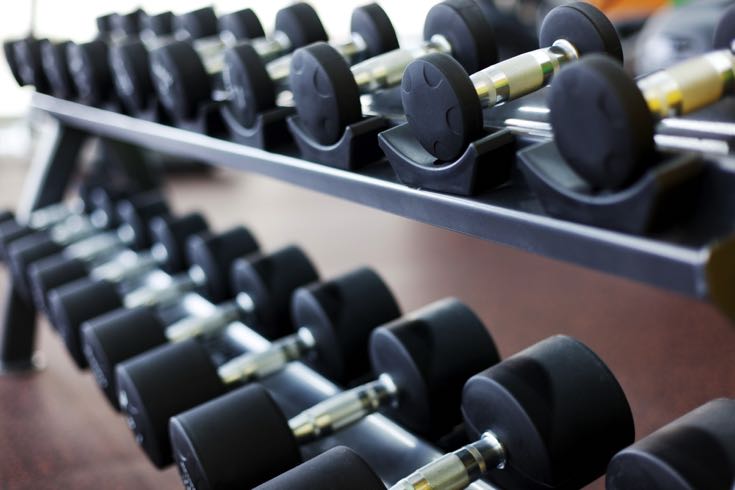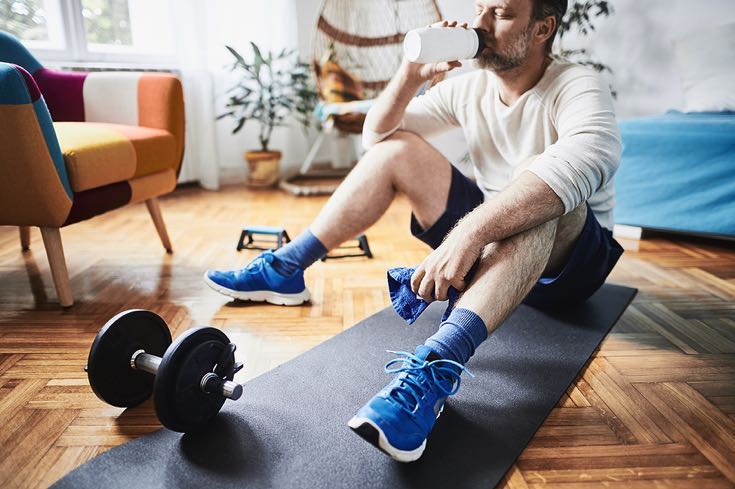The Covid-19 pandemic resulted in countless different odd things happening around the world. For starters, it put oddball conspiracy theorists front and centre during a lot of conversations, giving rise to people faking having been impacted by the vaccine and others making huge sums of money by effectively selling fear. It also changed the way in which a lot of people went about their daily lives, realising that they didn’t have to engage in time-consuming commuting to an office when they could work at home just as easily. This, in turn, meaning that fewer people were in towns and cities and going to gyms, but how much was the fitness industry impacted?
Transforming Lives
Those of us that have managed to steer clear of the clutch of conspiracy theorists and other loons will know full-well how much Covid-19 impacted millions of lives. Those of us that were lucky enough to survive the pandemic may still be suffering the consequences even now, with Long Covid being something that is likely to have an affect on us for years. It is not being dismissive of one of the most awful periods in recent memory, however, to consider some of the ways in which the Covid-19 pandemic transformed lives for the better. The virus itself was, of course, awful and took more lives than should have happened.
What it did do, though, was allow people to realise how important their time was and how the way that they lived their lives before the pandemic isn’t how things need to be in the future. Before we were all forced to stay at home in order to protect one another from a deadly virus, people would get up in the early hours and either drive or take public transport into an office, sitting behind a desk all day and only taking a bit of time out at lunch or after work to do their now thing before repeating the commute in the opposite direction. It was only when we weren’t allowed to go into the office that we realised so much of that was unnecessary.
Suddenly a lot of workers realised that the meetings that would have been in-person in the office environment could be done over a video platform like Zoom or Skype. The chat that someone would have with a co-worker at their desk that would devolve into office gossip or the like could instead be a quick e-mail. A lot of people realised that they were giving up huge chunks of the time for no real reason. The downside for bosses and office owners was that people didn’t want to go back to how it was before when the pandemic was over, meaning that money was being spent keeping an office that of no real use.
It also meant that businesses that thrived because of office workers were suddenly less busy. Whether it be sandwich shops or gyms, if fewer people were physically in their office then they also wouldn’t be giving their money to local businesses. There was still a need for people to keep fit, but many realised that they could do it in their home or local area rather than giving a portion of their wage to a gym to use equipment that would often be covered in other people’s sweat as well as being tired and old. People ordered weights to have in their garage, bought exercise bikes and running machines or just went for a jog around the park.
Keeping Fit in Your Own Way

One of the key things about the pandemic is that it has changed the fitness habits of many people. There will always be some who like to go to the gym in person, either because they have the habit of doing so or else because they enjoy spending time in the company of others. For others, though, the way in which they engage in fitness changed during the pandemic and hasn’t gone back to how it was before. Pre-pandemic, a lot of the ways in which people engaged with their own fitness was steady and predictable, with some seasonal boosts as people turned over new leaves but general much less volatility than there is now.
That volatility comes from people looking for different ways to exercise other than just the same old ones that they used to engage with. A huge number of people to whom fitness was really important used the pandemic to create their own fitness spaces. Companies launched new devices that would allow them to do the same sort of exercises that they did at the gym but in the comfort of their own home. Apps were launched and YouTube channels created that gave people instructions into how to stay fit without having to pay for personal trainers or attend the classes that would usually be put on in the gyms they were members of.
It isn’t just the fact that they aren’t going into the office as much any more that has stopped people from attending their gym. Gyms are expensive, with a monthly fee usually required in order to use their equipment. Those that decided to buy their own equipment when Covid-19 saw the world shutdown are now continuing to use it rather than look to use the equipment in the gym. Heading to a gym is also time-consuming in a way that going to your own fitness area at home is not. You can jump in your own shower straight after and have all of the conveniences that you’re used to, rather than making do with whatever’s at the gym and isn’t out-of-order.
How Many Gyms Closed Permanently?
In 2021, a report emerged that said that the pandemic had costs gyms around £3.1 billion by the April of that year. With each fitness club believed that have lost around £470,000, some of them couldn’t survive. UKActive, an industry body, said that 400 fitness facilities had closed in the first year or so of the pandemic, with as many as 2,400 at risk of also having to close up for good. It is difficult to get exact figures on how many gyms shut their doors for the pandemic and didn’t re-open, but the fact that, on average, it costs £40 per month for a gym membership means that a lot of people felt like that would be money best-spent elsewhere.
In the United States of America, things weren’t much better. By the June of 2021, one-in-five fitness facilities had closed permanently. Whilst the British government offered some financial support to gyms and the like, the same couldn’t be said in the US. It meant that many fitness professionals lost their jobs as a result of the pandemic, with a portion of them not getting work back once it was over because of the way in which everyone’s fitness patterns had changed. In the United Kingdom, gyms were also hit by the cost of living crisis, which saw their own costs go up at the same time as many people could no longer afford to go.
Gyms Are Still Important

Whilst it has become less common for people to head to the gym in order to try to maintain their fitness, there is also a reality that there are some things that can only be done in some fitness centres. Unless you are incredibly rich, for example, then you will have to go somewhere else if you wish to spend some time swimming or doing aqua-aerobics. There are also some types of equipment that are just too expensive for people to buy and have in their own homes. Gyms and other fitness centres also often have classes on, which you can do at home over video link or some such thing, but it doesn’t have the same impact.
As a result, a lot of gyms are looking to pivot away from the more traditional things into new offerings that bring people back. Although you can still head in and use the weights or the fitness machines, gyms have also become more dependant on the types of things that people can’t do in the comfort of their own home. This adds more value to a gym membership, but the need to recover pandemic losses means that many places have put their prices up, which evens it out. There is little question that gyms will always be around, but quite what it is that they offer and how many people will use them is something that remains to be seen.

